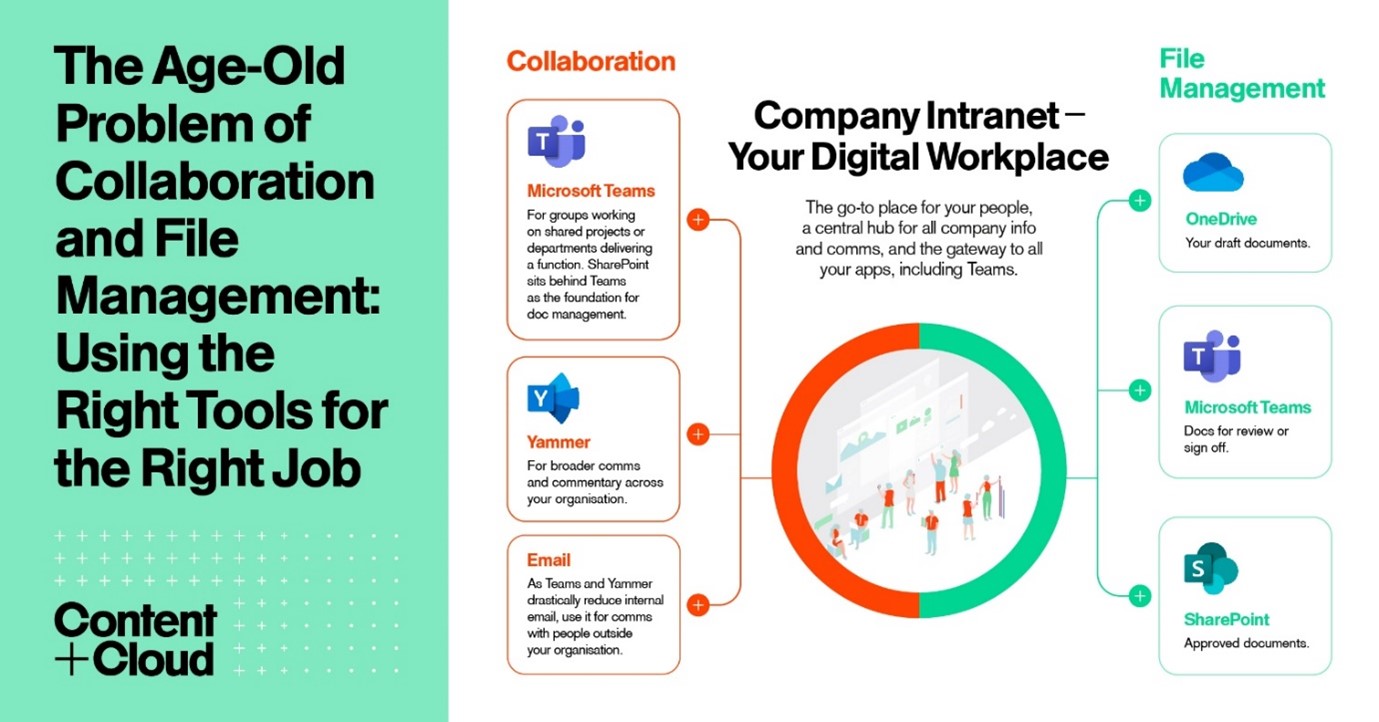
Preparing managers for the future of work – tools and strategies for productive, creative and collaborative teams.
The words ‘hybrid workforce’, ‘digital transformation’ and ‘digitally transformed world’ are all new entries into the lexicon of today’s businesses. It may be said that they’re the corporate equivalent of the term ‘the new normal’.
Following on from our examination of emerging trends, tactics for managing hybrid teams and prioritising inclusion and diversity, we will finish up this blog series by reviewing the key ways managers and leaders can adapt to the new normal in business.
Make your technology work harder
Bad or unsuitable technology is expensive for your business. It can be the equivalent of throwing time and money into a vacuum.
- 44% of workers cite technology issues as a critical reason they waste ten minutes an hour, with 80% stating they use their personal digital technologies to compensate –
- The average British worker spends over one working day a month fixing their own IT issues – Global Banking & Finance Review.
- 33% of UK workers say their workplace IT systems are hindering their productivity – Global Banking & Finance Review.
- Payment processing inefficiencies cost businesses £1.5 million a year – or 12% of OPEX – Accountancy Age.
Modernise to modernise
So, where should your focus lie? We believe in simplification and an integrated, user-centric, cloud and mobile-first approach to technology. This should be combined with business process automation.
Leveraging Microsoft technologies by replacing legacy, on-premises applications with software-as-a-service or through containerisation for use in Azure, you can rapidly realise measurable benefits.
And by tapping into Microsoft’s Power Platform, you can enjoy significant operational efficiencies. We share some examples here: Three powerful examples of application modernisation.
Don’t forget the features
In the day-to-day, many of us feel we need to use apps and programmes in their most basic forms to get things done.
But taking just a few minutes to read cheat sheets, watch tutorials and take note of shortcuts can shave time off everyday processes.
As part of your existing licenses, operating systems and apps have integrated features that can enable shortcuts, such as dictation and voice recognition.
Combine these with training your teams for a faster, better-oiled machine and technology that works hard for you, rather than the other way around.
Give credence to creativity
According to a global study by McKinsey, 84% of executives agree that innovation is critical to their business’s success.
But conversely, only 6% are satisfied with innovation performance, with “very few” knowing exactly where the problems lie or how to improve innovation and research and development.
Recognise where diversity can add value
McKinsey’s definition of innovation is “creativity plus delivery”, a concept that holds an interesting point for managers. A wider range of viewpoints and approaches in the room logically points to a wider range of ideas, possibilities and approaches to projects and problem-solving.
How do you foster a creative team? We say make inclusivity your mantra. We discuss the vibrancy and collective power of a diverse workforce in our blog – What do inclusion and accessibility look like in a modern workplace?
Provide the tools and environments for ideation
As a business leader, you can support creativity through fostering a culture where all ideas are equal.
Twin this with fit-for-purpose technology for the best results, including knowledge-sharing platforms and online suggestion boxes.
We recommend:
- Microsoft’s Whiteboard – a digital, collaborative canvas which can sit inside Teams meetings.
- Project Cortex – a knowledge base that applies artificial intelligence for surfacing content and people, delivering customised information management experiences.
- SharePoint Syntex – the first product from Project Cortex, which unlocks your content’s potential by enabling you to inspect, understand and tag it.
Remove barriers to clear communication
One of the hallmarks of a digitally transformed world is a remote and distributed workforce. In order for this to work smoothly, a solid communications approach and quality tools are needed to support it.
A common hindrance to clear communication is using too many internal channels. This, in turn, can often cause confusion as to the primary use of each.

Defining the purpose and processes for using your communications technology may sound like an elementary step. But sometimes these small actions are easy to overlook and could go some way to making sure all of your team members understand your technology and its capabilities.
A digital workplace, or intranet, can also unite your teams and their approaches.
Plugging your communications tools into it can bring consistency and order into how you communicate and how your employees consume information.
Focus on wellbeing
As highlighted in trends set to shape the modern workplace, employee wellbeing is currently in the spotlight.
With research indicating the following points, the need to take note and introduce prevention measures has never been greater.
- Over half (57%) of UK employees feel worn out by work, with half a million suffering from work-related stress
- Almost half (49%) of workers often lose focus at work
- Absence from work due to mental health issues is thought to cost the UK economy £26 billion per annum
Thea Fineren, our Chief People Officer, offers advice on employee wellbeing in her blog post Tips for keeping the team spirit alive during testing times.
Are you ready for the new normal in business?
Watch the now, on-demand, event – Digital Revolution: Adopting Hybrid in the Modern Workplace We addressed and discussrf the challenges leaders face in a digitally transformed world.
The agenda includes:
- Effective communications and collaboration from anywhere with Microsoft Teams
- A modern digital workspace in action
- Enhancing your people’s digital experience
- Interactive Q&A sessions
You’ll leave with actionable takeaways and, by signing up, will enjoy on-demand access to other resources. To learn more or register, click below.



